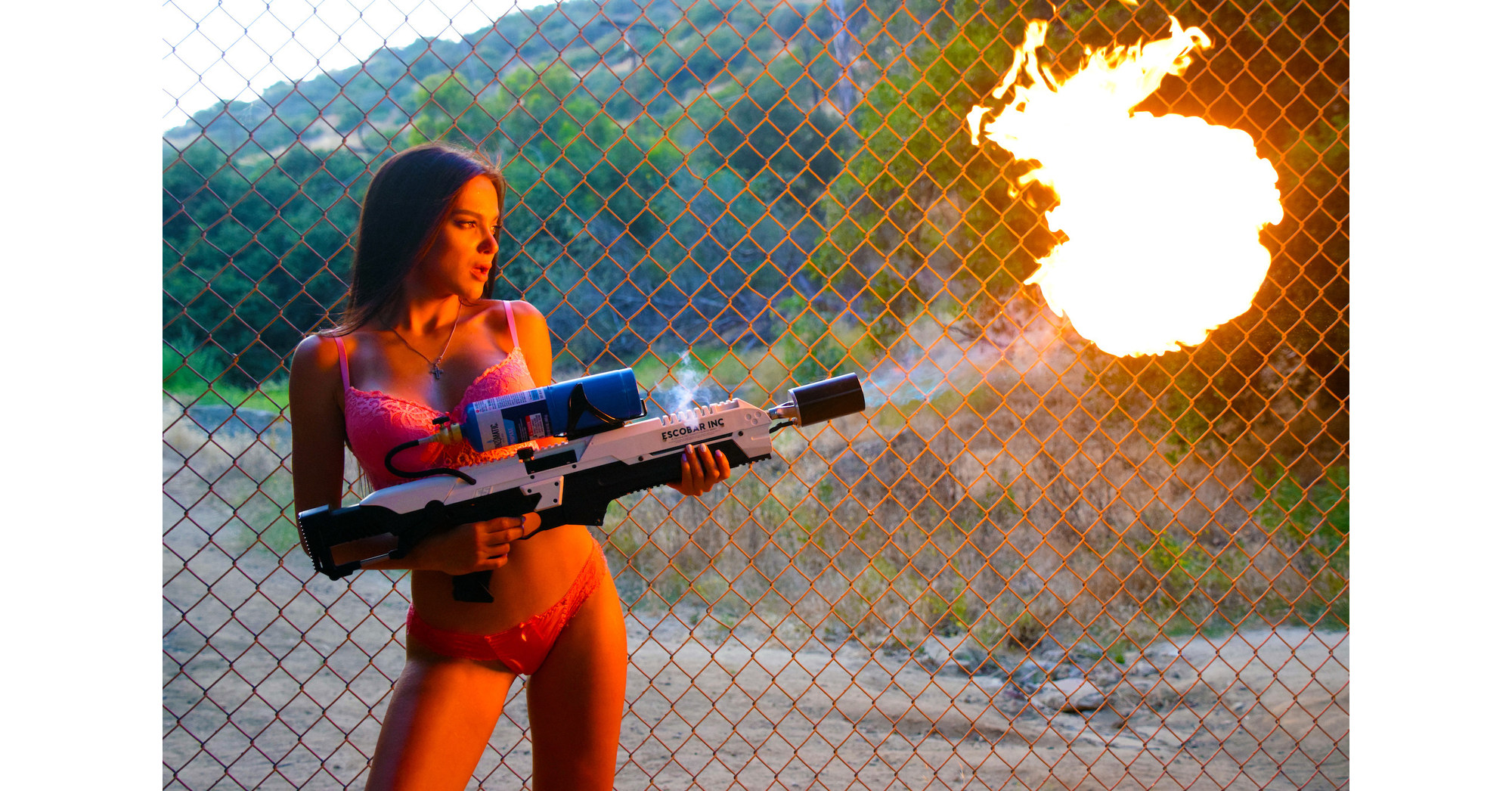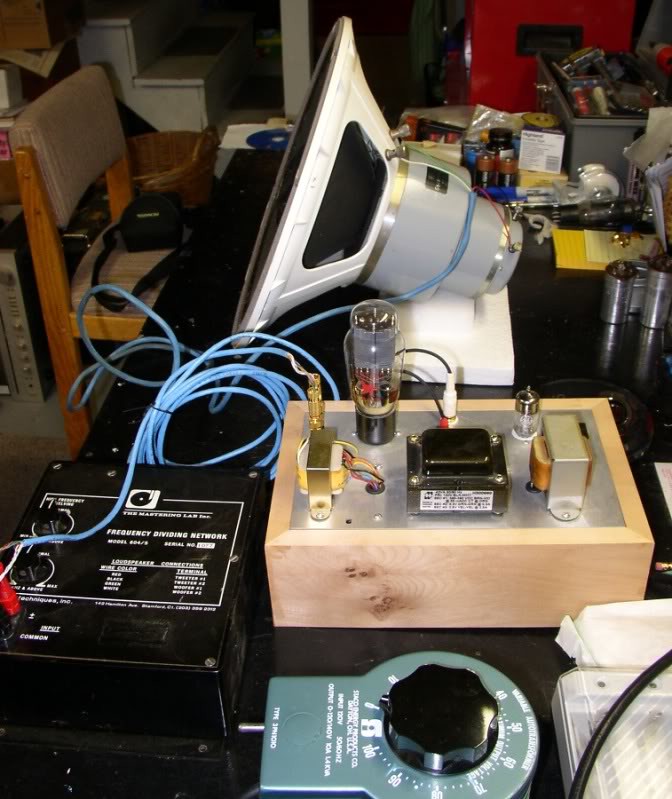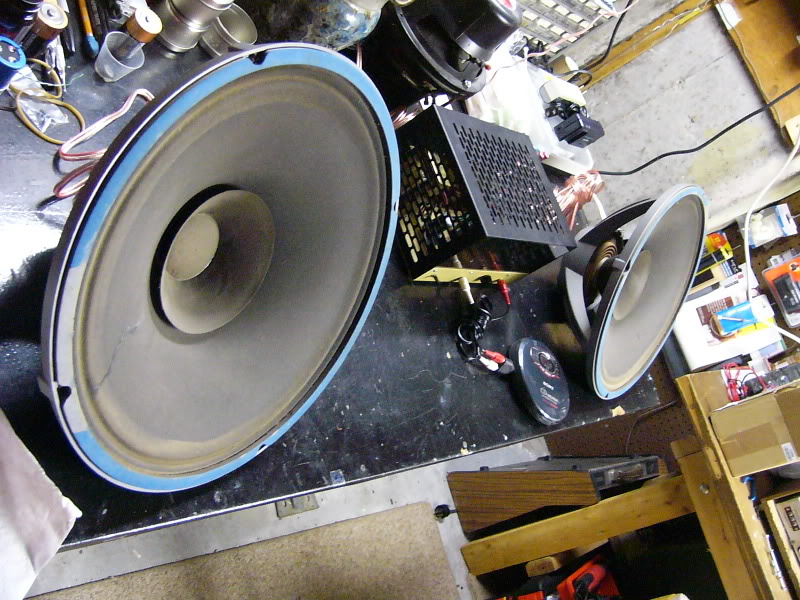Don Hills
Addicted to Fun and Learning
There's the Altec Biflex drivers 419-8B and 420A. They have a secondary surround part way up the cone, forming a mechanical crossover at about 1 kHz. They were used in Altec Santana and Madrid speakers with a small cone tweeter crossed over at 5 or 6 kHz.
https://greatplainsaudio.com/wp-content/uploads/2016/06/419-8B.420A.1.pdf
https://greatplainsaudio.com/wp-content/uploads/2016/06/419-8B.420A.1.pdf








